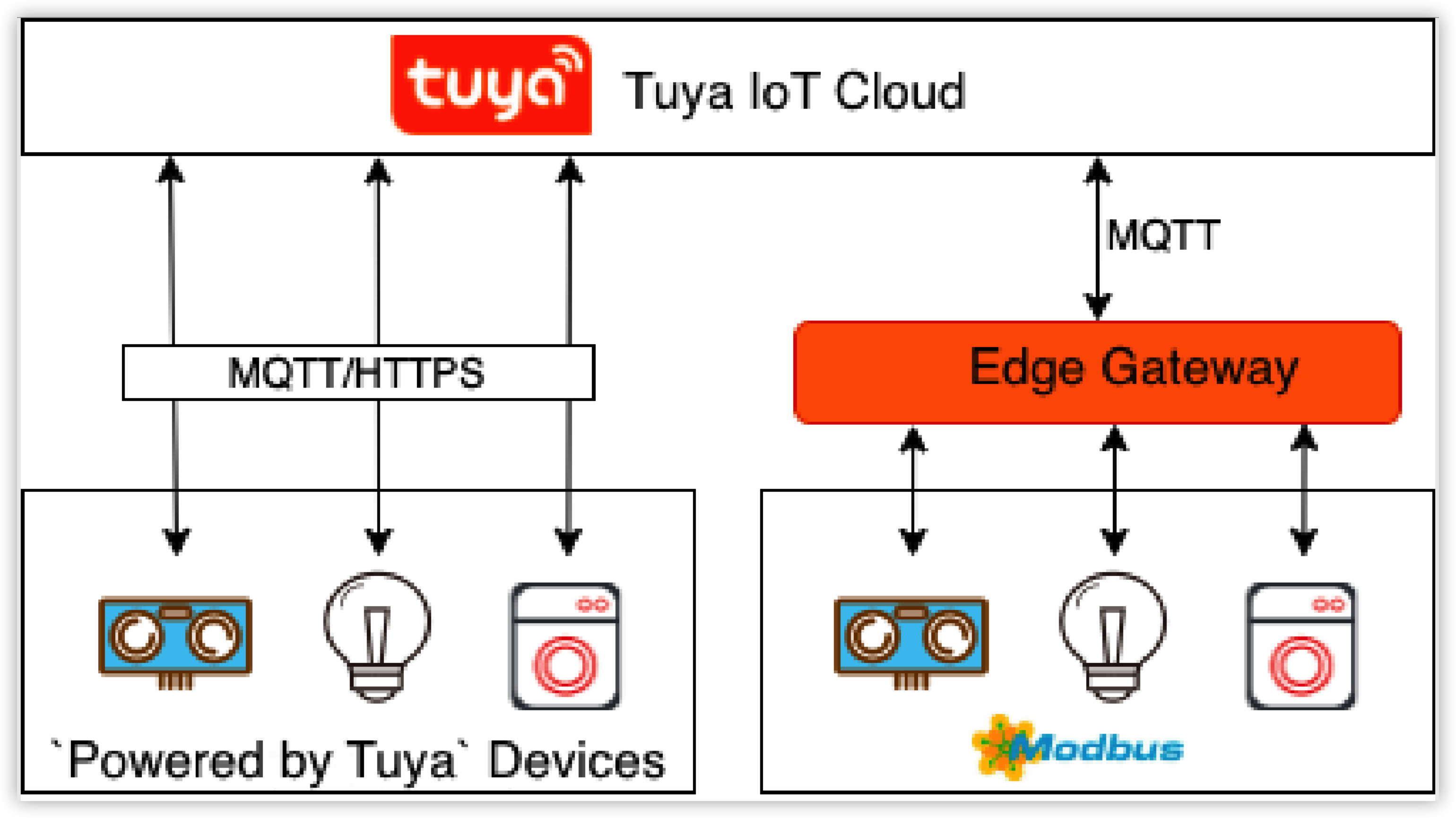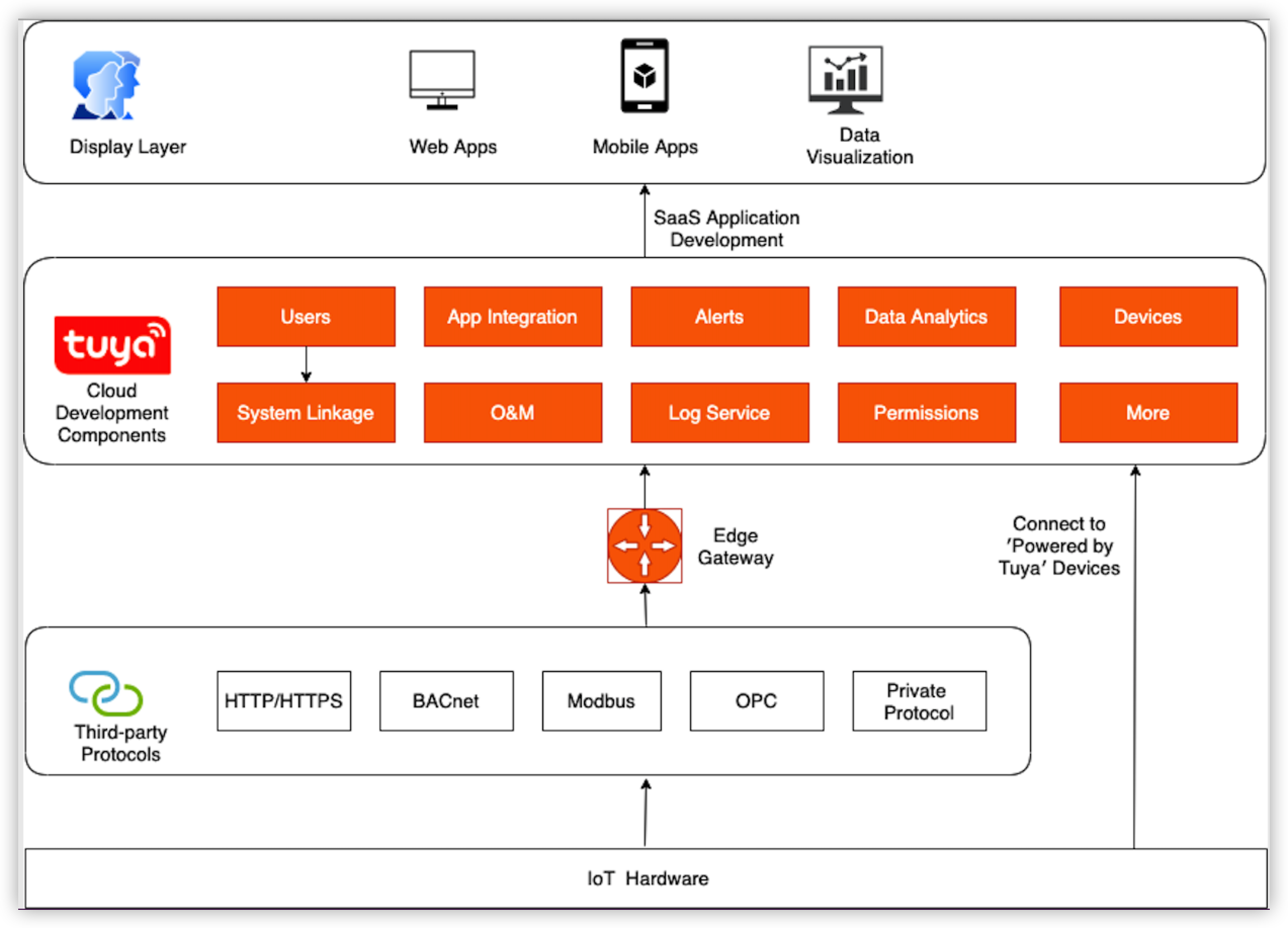Edge Gateway Solutions
Last Updated on : 2023-12-07 03:02:56download
Cloud computing allows data management and computation to be implemented in the cloud. On the contrary, edge computing brings computation and data storage closer to the location where it is needed. This minimizes the response times and bandwidth to provide edge smart services.

Modern edge computing extends the scenarios of the distributed computing paradigm based on virtualization technologies. This simplifies the process to deploy and run a wider range of applications on the edge servers. The edge computing technology bridges the gap between physical devices and digital worlds and applies to a variety of solutions, such as smart digital asset management, smart gateways, and local deployment of smart systems.
Benefits of edge gateways
Compared with remotely managed cloud computing services, edge computing allows you to deploy edge gateways close to smart devices. The following features are supported:-
Minimized request latency: responds to device requests in real time to achieve cost efficiency at peak hours.
-
Optimized bandwidth usage: minimizes the impact of the bandwidth limit on connections to sites. Each edge node provides computing services and reduces the number of requests that are sent to the cloud for data processing.
-
Comprehensive data invisibility: supports collection, analytics, and processing of data on local devices. This minimizes data exposure to public networks and protects data privacy.
Different from common embedded gateway systems, edge gateways provide protocol conversion and edge capabilities on the edge. The edge gateways interact with the controllers in the cloud and achieve multiple functions on the edge nodes. For example, resource scheduling, application management, and service orchestration are supported.
Scenarios
Edge gateways apply to various scenarios in which workloads are migrated from the cloud to the edge. Particularly, edge gateways can optimize the processing of requests from a large number of devices in different IoT scenarios. The following scenarios show examples of valuable solutions provided by edge gateways.
-
Smart park: provides end-to-end communication over multiple protocols and supports multiple carrier networks that serve office communication, video streaming, and Wi-Fi solutions. Multiple capabilities can be implemented, such as smart data analytics for videos and connected elevators, street lighting control, integrated security protection, and night infrared patrol. This allows you to create a standard integrated smart park system.
-
Smart agriculture: provides multiple capabilities, such as sensing, networking, local computing, and device control, and enables interconnection across devices for different purposes, such as water supply, fertilization, and disinsection. This scenario integrates urban water supply devices, information systems, and service processes.
-
Industrial manufacturing: encapsulates field devices into edge devices and connects these devices to industrial data platforms in a flat interconnection architecture. This allows these devices to access comprehensive cloud services such as big data and deep learning over industrial wireless and digital software-defined networking (SDN) networks.
Benefits of Tuya Edge Gateway
Tuya Edge Gateway (TEdge) can run on edge gateway hardware by using standard containers. This allows you to control devices and process sub-device data through multiple steps. For example, the data can be collected, parsed, cleansed, aggregated, and then stored. You can achieve multiple purposes, including data security, real-time device control, local scene linkage, edge-cloud synergy, and reliable long-term offline operation. In this case, the following functions are supported:
Excellent hardware compatibility
TEdge provides software solutions and can run in a standard Linux-based Docker container of version 20.10 or later.
Support for standard protocols
- Modbus: an industrial protocol that implements communication between automation devices.
- BACnet: designed to provide mechanisms for communication between building automation and control systems for different applications, such as heating, ventilating, air-conditioning control, refrigeration, lighting control, access control, and fire detection systems.
- OPC Unified Architecture (OPC UA): applies to embedded field devices, such as radio-frequency identification (RFID) readers and protocol converters. This protocol is a machine-to-machine communication protocol for industrial automation developed by the OPC Foundation.
- OPC Data Access (OPC DA): a group of client-server standards that provides specifications for real-time data communication between different applications. These applications can be deployed on programmable logic controllers (PLCs) at workshops, on-premises remote terminal units (RTUs), and desktop computers. OPC DA servers can maintain stable communication with these applications.
- Simple Network Management Protocol (SNMP): an Internet standard protocol for communication with managed devices on IP networks. Typical SNMP-based devices include servers, workstations, routers, switches, and hubs.
- KNX: built on the European Installation Bus (EIB) communication stack and extended with the beneficial configuration modes of BatiBus and European Home Systems Association (EHSA). This protocol supports comprehensive solutions for home and building automation.
- DALI: an international open standard for network-based products that control lighting.
Solutions
Device ecosystem
TEdge combines stock-keeping units (SKUs) of Powered by Tuya devices and integrates the no-code development solution over third-party protocols. This allows you to build a leading ecosystem that interconnects diverse IoT smart devices.

Cloud development components
The Tuya IoT Platform provides centralized management of Powered by Tuya devices or third-party smart devices that are connected to the platform. Cloud development components on the platform are available to these smart devices. These components encapsulate service logic for different industries and provide dedicated capabilities for each industry.

Deploy the edge gateway and driver
You can deploy the edge gateway based on a driver. For more information, see Deploy Tuya Edge Gateway on Docker.
Is this page helpful?
YesFeedbackIs this page helpful?
YesFeedback





